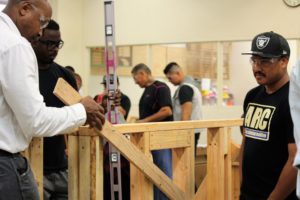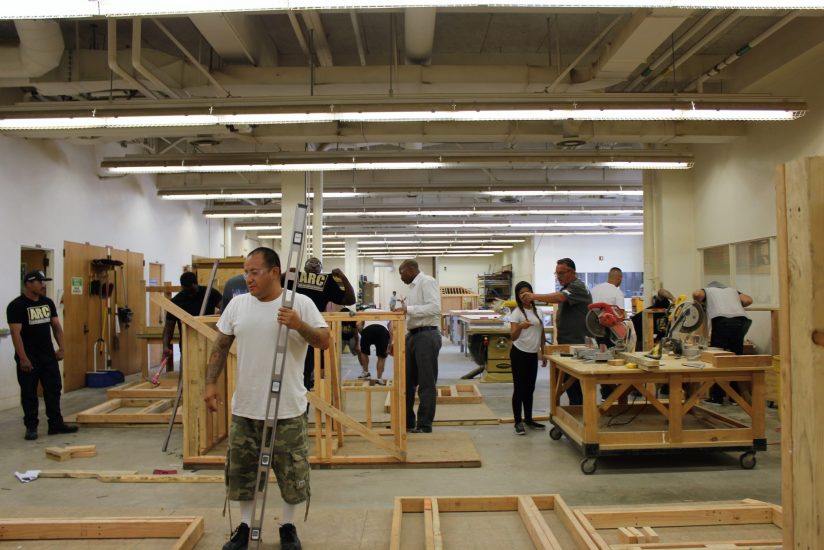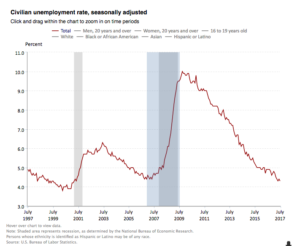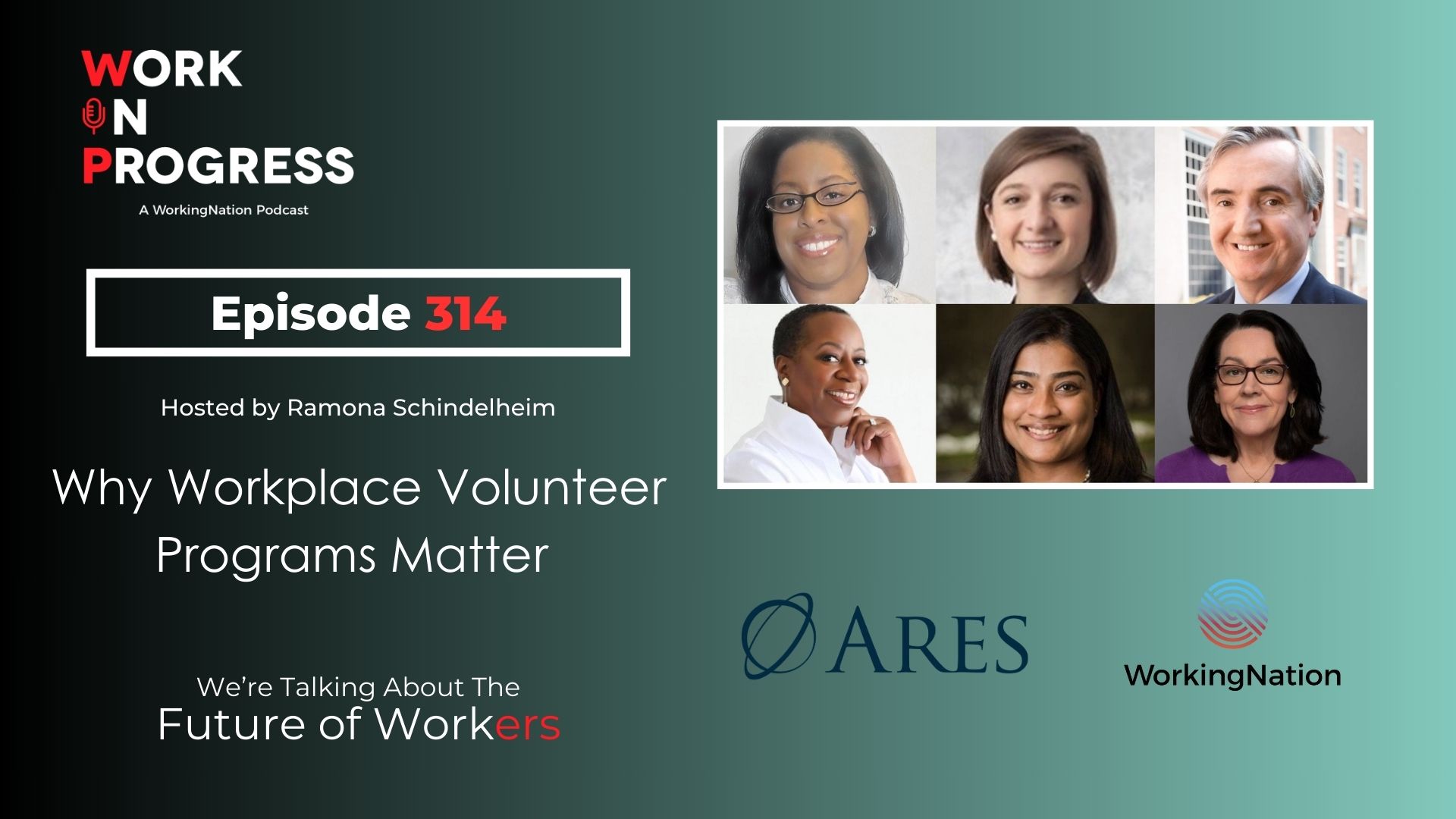Businesses continue to say they have six million skilled jobs available, but they don’t have workers with the right skills to fill them. What kind of skilled jobs are out there?
It depends on where you are looking; different cities and states need different workers.
The U.S. job market continues to show steady growth, according to the latest numbers from the Bureau of Labor Statistics. Companies hired another 209,000 workers in July, bringing the total this year to slightly more than 1 million new jobs. This beats estimates and is only slightly below the average monthly gains last year.
With the unemployment rate dropping to a 16-year-low of 4.3 percent, the biggest job gains were in leisure and hospitality, which added 53,000 people to payrolls last month. Professional and business services added 49,000 white collar jobs, but construction, transportation and manufacturing hiring was flat, nationwide.
There has been an uptick in construction in Los Angeles, yet businesses are complaining they don’t have enough construction workers with the right expertise. For more than eight years, there was a scarcity of construction jobs and workers sought work in other sectors. Now, expert electricians, carpenters and even concrete pourers are harder to find.
The skilled construction workforce has to be reassembled. This is where partnerships between businesses, unions, communities and community colleges come into play.
RELATED STORY: WorkingNation founder and CEO Art Bilger says community colleges offer best solutions for job training.

In L.A., they’re tackling the issue through programs such as the Los Angeles Re-entry Workforce Collaborative, which trains the formerly incarcerated for union jobs in construction. They learn the skills needed to get those expert jobs while receiving a $15-an-hour stipend. Upon graduation, each trained worker is placed directly into a union apprenticeship.
Chris Hannan of the Los Angeles/Orange Counties Buildings and Construction Trades Council recently addressed program participants and said that “as work opportunities grow, and we have people retiring, we need the very best for the high-paying union jobs. We need you.”
There is also a big need for workers to help build Los Angeles County’s new $120 billion light rail and bus system. County Supervisor Hilda Solis, a former U.S. Labor Secretary, says this will be a highly-sophisticated system.
“We’re talking about computers and technology”, according to Solis. “Not only do we need people to put in the rails, but we need people to ensure the system is secure and programmed correctly.”

Solis says the county and the Metro transit board are making certain there are workers to do the jobs through “training programs and apprentice programs.”
The need for skilled workers on the county-level also extends to the healthcare industry. “We have a huge healthcare industry in Los Angeles County. We’re starting a new initiative to train IT workers. We have to get rid of all the paper records. We need people competent with computers and who are able to code”, according to Solis.
In the end, these community-based programs have the same goal.
“How do you help businesses grow? By making certain they have the workers with the right skill sets. I think you do that through [companies] collaborating with community colleges and workforce-investment programs”, according to Solis, “We will actually help vet and find them new employees, and make training programs available if they want to upskill their incumbent workers.”
Join the Conversation: What do you think about the latest jobs numbers from the BLS? Is it sustainable? Tell us your ideas of how to get more long-term unemployed workers back to work on our Facebook page.












